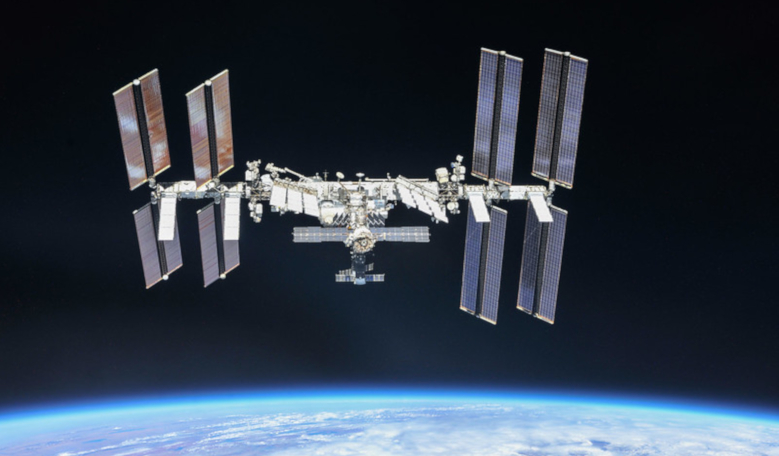Astronauts dodging space junk aboard the International Space Station is on the increase, after crew members carried out an "avoidance manoeuvre" yesterday in order to avert being hit by a piece of debris, reported US space agency, NASA.
This is the third time this year that the ISS has had to move because of unwonted debris and is in addition to other close calls experienced recently.
“The @Space_Station has manoeuvred 3 times in 2020 to avoid debris. In the last 2 weeks, there have been 3 high concern potential conjunctions,” said NASA chief Jim Bridenstine via Twitter on Tuesday.
This week’s incidence saw a piece of space debris pass as close as approximately 1.4 kilometers (nearly one mile) of the orbital laboratory, NASA said; significantly closer than the several kilometre proximity first indicated by the space agency.
Working to overcome the problem, Russian and US flight controllers adjusted the station's orbit using the Russian Progress resupply spacecraft currently docked to the aft end of the Zvezda service module.
The Expedition 63 crew members – Chris Cassidy, Anatoly Ivanishin and Ivan Vagner – relocated to their Soyuz spacecraft until the debris had passed so they could evacuate if necessary, a safety measure that was taken "out of an abundance of caution,” said the space agency.
“Manoeuvre Burn complete. The astronauts are coming out of safe haven,” NASA chief Jim Bridenstine commented via Twitter after the collision avoidance took place.
Clearly vexed at the space junk situation, Bridenstine said, “Debris is getting worse! Time for Congress to provide @CommerceGov with the $15 mil requested by @POTUS for the Office of Space Commerce.”
Prior to this year, the space agency noted that 25 such manoeuvres had occurred between 1999 and 2018. On this occasion, astronomer Jonathan McDowell who has been tracking the debris, said that the ISS had physically moved position by “about 5 kilometres by the time of the debris encounter.”
He also elucidated that the interfering piece turned out to be a remnant of a Japanese rocket that broke up into 77 different pieces last year, adding that it shot past the ISS at a relative velocity of 146 kilometres/second.
At such a velocity, even a small fragment could cause serious damage and unfortunately this problem is only set to rise as the skies are becoming increasingly more crowded.
Not only will satellite mega constellations flood low-Earth orbit with thousands of units, space-faring nations conducting anti-satellite missile launches are adding to the problem.
Last year, India purposely obliterated a low-Earth orbit satellite in space to become the fourth nation in the world with anti-satellite (ASAT) capabilities.
The unexpected test was later condemned when data on the event showed that some of the debris was suspected to be in an orbit shared by the International Space Station.
Other reports on India's missile test also confirmed that at least a dozen fragments reached altitudes above 1,000 kilometres, with one fragment spotted at 2,222 kilometres, according to research from Analytical Graphics Inc. (AGI).
This is nearly eight times higher than that claimed by the Indian government said AGI, who also asserted that it would take no longer than 45 days for any space junk to burn up as they re-entered the atmosphere.
The debris object that the ISS avoided is now available on SpaceTrack as 2018-084CQ, 46477, McDowell advised.











